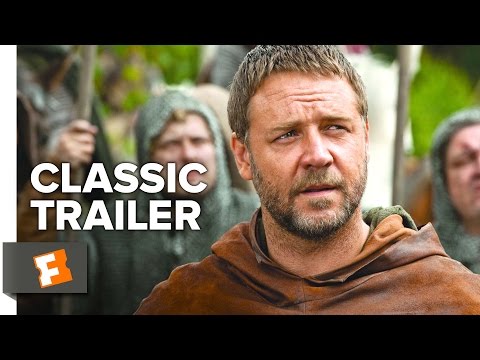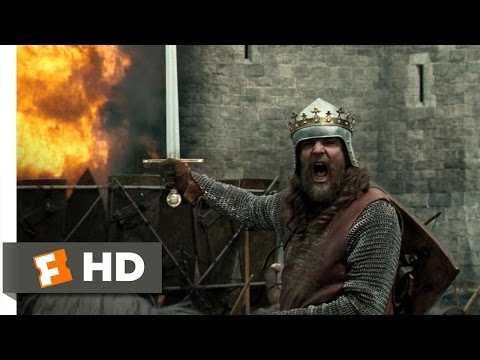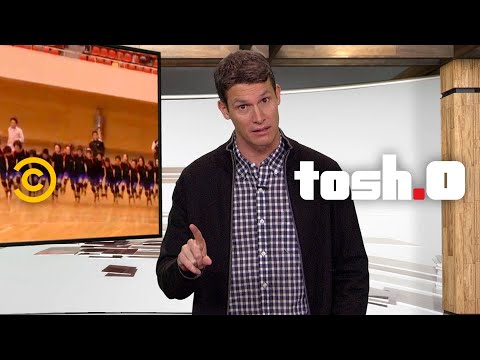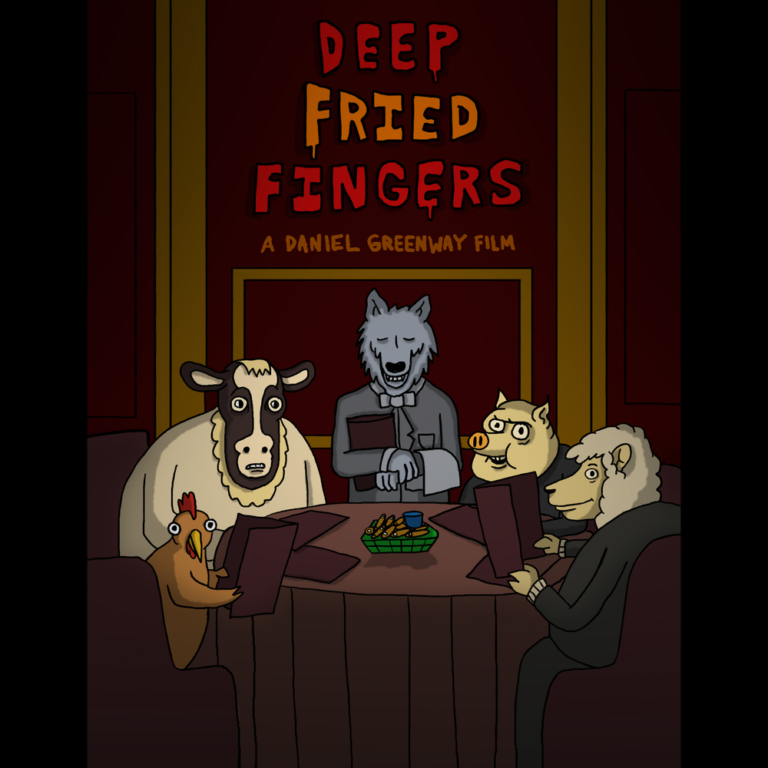Ridley Scott’s ‘Robin Hood’ Is Better Than You Remember. Here’s Why
Every cinematic depiction of Robin Hood is a reflection of its era.
Consider:
- The Technicolor glory of the definitive 1938 Errol Flynn version
- The risk-taking 1976 “Robin and Marion” with Sean Connery and Audrey Hepburn
- The fondly remembered 1977 Disney cartoon
- The extremely-of-its-time, 1991 “Robin Hood-Prince of Thieves”
- The failed 2018 re-telling, the wannabe franchise-builder
Then there’s Ridley Scott’s 2010 “Robin Hood. The reimagining was initially welcomed as a high-profile summer release, before being widely dismissed as a cakewalk for Scott and star Russell Crowe.
When Scott is off his mark (as in “White Squall” or the ill-chosen, Crowe-led rom-com oddity, “A Good Year”), it’s akin to watching a cinematic maestro bring heft to the wrong material.
That just isn’t the case with “Robin Hood.”
It’s far more muscular and emotionally stirring than its reputation and, despite not hitting the heights of the 2000 Scott/Crowe blockbuster and Best Picture winner, “Gladiator,” it is akin to an arrow hit lodged squarely in the center of a mighty oak.

Set in 12th century England, the opening quote sets the scene:
“In times of tyranny and injustice, when law opposes the people, the outlaw takes his place in history.”
When we meet Robin Longstride (Crowe), he and three fellow soldiers of King Richard’s crusade are arrested and placed in stockades for criticizing the logic of their quests. An escape from imprisonment leads Robin, along with his eventual “Merry Men” — Little John (a great Kevin Durand), Will Scarlet (Scott Grimes) and Allan (Alan Doyle) — partake a mission to Nottingham, involving a stolen identity that Robin uses to honor the dying wishes of a fallen soldier.
We also meet Marion (Cate Blanchett), who lives with her blind father in law (Max Von Sydow). Their village features (in a pleasingly odd touch) the orphaned children of Nottingham who arrive at nightfall in masks and ransack the place for supplies.
Longstride and his men turn their backs on King Richard’s hypocritical crusade and become outlaws against the false virtues of politicians and religious leaders ignoring the downtrodden.
RELATED: Russell Crowe’s ‘Unhinged’ Is the Ideal Movie for Our Troubled TImes
You may remember Crowe scowling his way through the movie (which was the image used in all the promotional materials), but that’s just not the case at all. Errol Flynn he’s not, but Crowe isn’t phoning it in or reprising Maximus, either.
There is a soulfulness to his performance, particularly in his scenes with Blanchett.
If there’s a misstep with Crowe’s performance, it’s cosmetic: giving him the exact same haircut as his character in “Gladiator” is a distraction.

Unlike the prior version of this tale (the 1991, Kevin Costner-led vehicle), in which Robin and Marion lip-lock and flirt endlessly, the courtship between the two characters is hard-won, delicate and comes from understanding common vulnerability more than sexual attraction.
Their pairing may not be enough to inspire a Bryan Adams ballad, but Crowe and Blanchett make it a grown-up relationship and not a thoughtless romance.
Blanchett gives something to the film that goes beyond mere movie star presence, though she offers that, too. The actress, who by this time was an Oscar winner (for “The Aviator”) and had played Queen Elizabeth twice (!), among many other achievements, offers an interpretation that is world weary, lonely and fiercely independent.
Marion isn’t a damsel in need of saving. She’s as strong as Robin, and their attraction comes as a surprise to one another. The romance has a real kick to it and Crowe and Blanchett are well matched in, atypical for a big budget summer movie, an unusually mature pairing.

Oscar Isaac, in one of his first major film roles, is a wild Prince John and is well matched by an equally compelling Lea Sedoux. While Isaac isn’t given equal the screen time that it took Alan Rickman to steal “Robin Hood- Prince of Thieves” outright from a miscast Kevin Costner, Isaac makes his every appearance brutally funny.
Mark Strong is predictably cast as the villain (this was that period when he played the antagonist almost every single time he was in a movie) but he more than succeeds at making his character loathsome. Von Sydow, the late, consistently magnificent actor, gives a master class in his emotionally rich role as Marion’s ailing father. His last scene, which is painful to watch, makes the final confrontations that ensue all the more satisfying and necessary.
The Merry Men are fun, with Mark Addy especially great as Friar Tuck (he’s as good as Michael McShane was playing the role in “Robin Hood: Prince of Thieves,” which is saying a lot).
Amusingly, this movie, with its French villains (at one point, Little John actually yells, “Get down, you bastard French dogs!”) premiered at the Cannes Film Festival. Predictably, the response was not universal praise.
The Robin Hood Box Office Score Card (Domestic Figures)
- 1991’s “Robin Hood: Prince of Thieves” — $165 million
- 2010’s “Robin Hood” — $105 million
- 2018’s “Robin Hood” — $30 million
- 1993’s “Robin Hood: Men in Tights” — $35 million
Source: BoxOfficeMojo.com
Scott’s film might have succeeded commercially had it been promoted for what it actually was: Robin Hood’s origin story. It ends with a title card announcing that the legend is just getting started, which would have likely been better accepted by audiences had they just called the movie “Robin Hood: The Beginning.”
Talks of sequels stalled when the expensive endeavor barely broke even at the box office, though the film’s monetary success is dwarfed by how good the film is on its own.
Scott’s brisk and sprawling epic is full of, “let’s-storm-the-castle” battles but still lighter on its feet than his most of his prior works. I like “Gladiator” and “Kingdom of Heaven,” but this lacks the heavy-handedness and self-importance of those films.
Considering the film’s troubled pre-production (when it was called “Nottingham” and was nearly shot with the odd duck premise of Robin and Prince John being the same person), none of this feels like the painstaking effort it was to pull off.
The emotional angle, of Robin impersonating Marion’s dead husband, carries the spotty first act. John Mathieson’s cinematography allows many scenes to be lit by the glow of firelight, a touch especially affecting when Robin and Marion dance by a bonfire. The scale of the final battle, which takes place on a beach, is on the level of a David Lean epic.
The recurring quote the film repeatedly circles back to is “Rise and rise again, until lambs become lions.” It cements the film’s theme of reinvention, that a battle lost one day doesn’t define a man’s legacy.
In a similar fashion, Scott’s film has not remained in the public conscious as intended but a decade later, it’s a richer, more durable re-telling of fiction’s great outlaw than recalled and deserves a re-birth for fans of Scott’s astounding body of work.
The post Ridley Scott’s ‘Robin Hood’ Is Better Than You Remember. Here’s Why appeared first on Hollywood in Toto.





